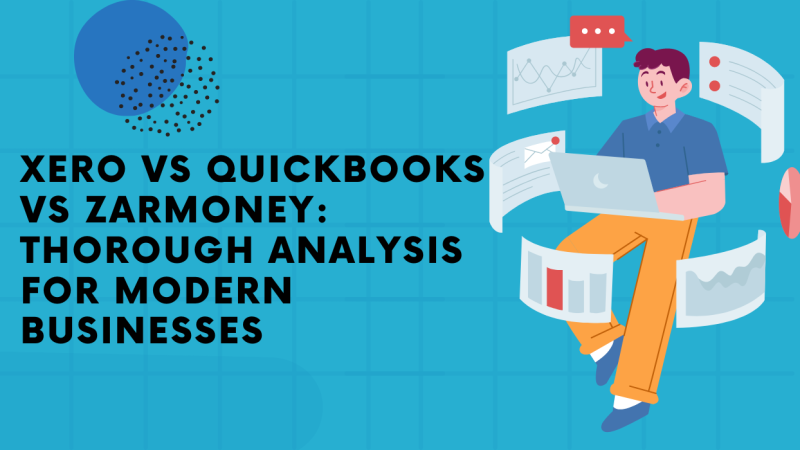Why Salesforce Professionals should learn MuleSoft?

MuleSoft’s software interface connects almost all technologies in a single fashion. It moves away from custom code in preference of using APIs to collect data and link it to external systems and applications. This helps users to protect and control data transfer through applications and networks across the enterprise. In this blog, we will project the context on why MuleSoft is essential for your professional career, what are various types of API-led connectivity, rising demand for mulesoft certification, digital transformation with mulesoft, the roadmap for mulesoft career, and mulesoft appealing objectives. Get this course Mulesoft ESB Training available online to start your journey with MuleSoft by upgrading your skills to improve your professional career.
Because of the point-to-point integration approach, complexity, and customization, integrating with external applications is still a hassle. Salesforce is indeed the cloud-based CRM tool of choice for over 150,000 businesses. Point-to-point integration is a quick way to integrate components. MuleSoft, a pioneering Integration Framework for developing application networks, was acquired by Salesforce. MuleSoft’s goal is to link every program, data, or platform by creating innovative solutions that fuel consumer satisfaction, which makes it a perfect match for the Salesforce ecosystem.
Where the networks are constrained and unable to expand, there the point-to-point integration is a viable option. You’re not getting it correctly if you use point-to-point integration for more than three systems. When we need to handle emergency changes in essentials, point-to-point integrations are typically used. Due to the complexity of a system, one point of vulnerability, and a lack of space for emergency improvement, point-to-point integration must be excluded.
What’s the deal with MuleSoft?
In Gartner’s Magic Quadrant for Full Lifecycle API Management and Enterprise Integration Platform as a Service (iPaaS), MuleSoft is the clear frontrunner. Any Salesforce professional must master MuleSoft because it will be a significant milestone in their career and there will be a strong demand for MuleSoft experts in the coming years.
Figure 1: Full life cycle API management in a magic quadrant
Figure 2: Enterprise integration platform as a service in a magic quadrant
MuleSoft provides API-led connectivity, which allows you to use APIs to interconnect your data and applications. You can build an API and make it available to enterprises, IT, clients, and collaborators through a self-service platform, where they can provide input. You should improve your API depending on the responses.
Since companies are developing their industries on networks including Social, Cloud, Mobile, Analytics, Big Data, and IoT, API-let connectivity is essential. They expect their clients, associates, and employees to be able to correlate to these networks and share data through them. Connecting these systems with point-to-point integrations can result in monolithic integration applications that are difficult to handle and measure.
Connectivity powered by API-led:
As compared to point-to-point networking, API-led connectivity is a great way to link and expose APIs.
We generate three different types of APIs using this method.
- System API: iT accesses the outlined networks and adds a layer of abstraction between the API user and the underlying system.
- Process APIs: It can be generated without linking to the system directly, instead of using System APIs, and they have logic to process data.
- Experience API: On the web or on mobile, the Experience API offers a simple way for users or customers to consume data.
Rising Demand for Mulesoft Certification
Businesses aim to discover more creative ways to improve their consumer services amid all of the transition that comes with a digital transformation. That means they’re working together across networks and apps to meet the demands of their mutual clients. This results in a dependable, easily accessible network that enables companies to continue operating without having to make significant adjustments to connect with the infrastructure they don’t handle.
For all of these expectations, Salesforce clients and associates are asking for more MuleSoft experts to help them meet their goals. Having MuleSoft qualified would keep you ahead of the trend when it comes to career openings.
MuleSoft as a Platform for Digital Transformation
Each ETL provider has a library with a long list of adapters to endorse a wide range of applications. When you look at these vendors, you’ll see that they all have the same point-to-point integration technique, which connects to a max of two systems at any given time. This point-to-point solution is no longer adequate for today’s data-sharing requirements, such as AI and IoT TThis point-to-point solution is no longer adequate for today’s data-sharing requirements, such as AI and IoT.
MuleSoft can help with that. Their framework goes beyond point-to-point integration by allowing you to plan, build, and manage APIs and multiple integrations all from one place. You will build more modular, reusable, and stable APIs and integrations with MuleSoft’s Anypoint Framework. You have total control over the API management lifecycle, from design to deployment, whether in the cloud, on-premises or in a blended environment.
What is the roadmap of my career if I begin with Mulesoft?
Once you’ve gained interest in Mulesoft, you can begin your programming career as a developer and work your way up to Architect. To advance in your career, you should concentrate on certifications such as MuleSoft Certified Developer and MuleSoft Certified Architect. Mulesoft professionals can expect to earn a good salary. According to Neuvoo, a novice in Mulesoft earns about $91,800 per year in the United States, while experienced professionals earn up to $175,500.
What makes Mulesoft appealing for company objectives?
- Excellent interconnection: Developers can quickly and easily link apps to Twitter, SAP, Oracle, Facebook, and every other network.
- Lightweight construction: Mule makes it simple to build light-weight apps by allowing you to quickly remove all unnecessary components.
- Developer friendly: Its extensive tool library, developed to support a range of programming languages, can be used by developers from any software context.
Conclusion:
The need for new developers is rising continuously. Presently, Dice.com alone has almost 36,000 available vacancies for potential MuleSoft Developers. With Salesforce’s massive takeover of MuleSoft last year and the firm’s accelerated progress, it seems that now is the right time to consider this career direction because it is more beneficial and lucrative than ever. As a result, Mulesoft provides a lucrative career path for ambitious application developers.
Author Bio
I am Rajarapu Anvesh, Working as a Senior Digital Marketing professional & Content writer in HKR Trainings. Having good experience in handling technical content writing and aspires to learn new things to grow professionally. I am expertise in delivering content on the market demanding technologies like Workday, Mulesoft training, Salesforce, Palo Alto, Okta, Commvault and Apigee etc. You can follow me on LinkedIn






